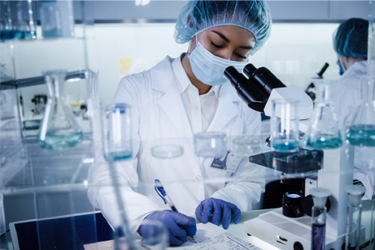High-Sensitivity Residual E. coli DNA Testing Supporting Biologics, CGT Development

Residual DNA testing plays a vital role in ensuring the purity of plasmid DNA used in cell and gene therapy manufacturing. Regulatory guidelines from organizations like WHO and FDA emphasize stringent limits on residual host-cell DNA, particularly from Escherichia coli. Recent innovations in high-sensitivity testing methods have significantly improved the accuracy of detecting residual DNA, with limits of quantitation as low as 3 fg/µL.
These advancements enable researchers to achieve precise quantification even with minimal sample quantities, ensuring compliance with quality control standards. Validated against USP<509> and ICH Q2 (R2) guidelines, these methods demonstrate exceptional sensitivity, specificity, and consistency across various DNA fragment sizes. This breakthrough supports the development of biopharmaceuticals by providing robust tools for purity testing in cell and gene therapy processes.
Delve further into this poster to learn more about the methods, validation results, and their implications for biopharmaceutical manufacturing.
Get unlimited access to:
Enter your credentials below to log in. Not yet a member of Cell & Gene? Subscribe today.
